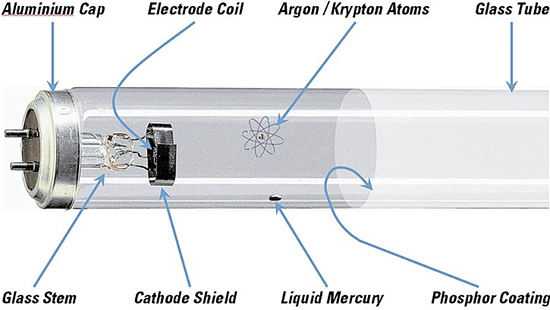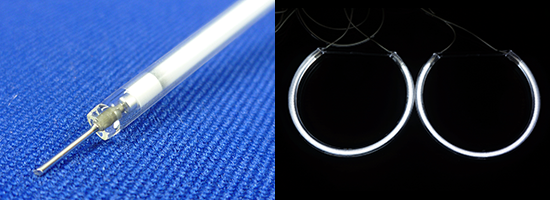CCFL (Cold Cathode Fluorescent Lamp)
What is CCFL?

Most fluorescent lamps use electrodes that operate by thermionic emission, meaning they are operated at a high enough temperature for the electrode material (usually aided by a special coating) to emit electrons into the tube by heat.

However, there are also tubes that operate in cold cathode mode, whereby electrons are liberated into the tube only by the large potential difference (voltage) between the electrodes. This does not mean the electrodes are cold (indeed, they can be very hot), but it does mean they are operating below their thermionic emission temperature. Because cold cathode lamps have no thermionic emission coating to wear out they can have much longer lives than hot cathode tubes. This quality makes them desirable for maintenance-free long-life applications (such as backlights in liquid crystal displays). Sputtering of the electrode may still occur, but electrodes can be shaped (e.g. into an internal cylinder) to capture most of the sputtered material so it is not lost from the electrode.
